wikiHow is a “wiki,” similar to Wikipedia, which means that many of our articles are co-written by multiple authors. To create this article, volunteer authors worked to edit and improve it over time.
wikiHow marks an article as reader-approved once it receives enough positive feedback. In this case, 89% of readers who voted found the article helpful, earning it our reader-approved status.
This article has been viewed 156,026 times.
Learn more...
A poorly seamed carpet can look sloppy, and if you do not cut and join the edges properly, the carpet can even begin to unravel with wear. After you position the seam, you'll have to choose between seaming the carpet with quick adhesive or with a seaming iron. Both methods work well, so the one you choose will depend on which one you feel most comfortable following.
Steps
Positioning the Seam
-
1Position the carpet well. You should plan the seam so that it falls out in an area that gets very little foot traffic. For instance, placing it an area that will be underneath furniture is better than placing it in the center of your room.
- Hiding the seam also makes it less noticeable. Even a good seam may still be seen from time to time, so hiding it will make your room look more professional and neat.
-
2Overlap the two pieces. The two pieces of carpet should overlap by 2 to 3 inches (5 to 7.6 cm) when you lay them down.[1]
- Each piece of carpet you seam should be at least 4 feet (1.2 m) wide.
- Make sure that you match the nap on the pieces of carpet being seamed together. Similarly, if the carpet has a pattern on it, that should also be matched.
Advertisement -
3Mark the top trim line. Use white chalk to mark a line along the back side of your top piece of carpet. This line should be about half the width of your overlap.[2]
- In other words, the line should be 1 to 1-1/2 inches (2.5 to 3.75 cm) from the edge of the carpet, depending on how much overlap you have.
-
4Trim the top piece. Use a sharp blade to cut along the chalked line.
- This edge will be the new edge of you top piece, so cut as straight a line as possible. Using a straightedge, like a yardstick or meter stick, may help.
- Do not cut into the bottom piece while trimming the top.
- Ideally, you should use a special carpet knife to make this cut. In the absence of a carpet knife, a standard utility knife might work, but it will not be as easy or practical to use.
- Angle the cutter slightly, by about 5 degrees, to cut away a bit more backing than fiber.
-
5Trim the bottom piece. Press the top piece firmly against the bottom piece and make a series of 2-inch (5-cm) cuts into the bottom piece along the edge of the top. Using these cuts as a guide, trim the edge of the bottom piece down completely.
- The guiding cuts should be 2 to 3 feet (61 to 91 cm) apart.
- Use a straightedge and carpet knife to trim the bottom piece. You may want to use scissors to cut from the edge of the carpet to the center of each guiding cut, however, to help you find the guiding cuts more easily when trimming the overall edge.
-
6Mark the location. The two pieces should fit together perfectly now. Carefully lift up one edge and use chalk to mark a line on the floor along the other edge.
- This is not entirely necessary, but if your carpet gets bumped as you work, you can use this line to help match up the edges again.
Applying Seam Adhesive
-
1Apply double-sided tape. Place a wide strip of double-sided tape on the floor, centering it between both edges of both pieces.[3]
- This tape should be centered over the chalk line you drew on the floor earlier.
- Keep both edges folded back during this step. Do not lay them back down until instructed to do so.
- With both pieces of carpet out of the way and the tape perfectly centered between them, carefully peel off the protective paper on top of the tape.
-
2Press one piece in place. Lay one edge of the carpet down, pressing it firmly on the double-sided tape.
- Do not lower the other carpet piece yet.
-
3Apply the adhesive. Spread a thin, consistent line of carpet seam adhesive along the edge of your flattened piece. Make sure that the adhesive is as close to this edge as possible.[4]
- Use enough adhesive to form an even line all the way down the edge. You need more than a few small beads, but you should not apply the adhesive in globs, either.
-
4Lay down the second piece. Carefully let down the other piece of carpet, flattening its edge against the edge of the first piece and into the seam adhesive.
- Wiggle and butt the edges together as needed to join them together evenly. If the two edges buckle, press down on them until you can smooth it out.
- Keep the nap stays out of the adhesive. Only the back of the carpet should be cemented in place.
-
5Tidy up the seam. Clean off any adhesive with a damp rag while the adhesive is still wet. You should also pass over the seam with a rolling pin or seam roller to fix it in place more securely.
- When the adhesive dries, use a carpet brush and brush the fibers along the seam. Doing so will help mask the seam.
- This completes the process if you are using seam adhesive.
Using a Seam Iron (Alternate Method)
-
1Position the seam as usual. Seam ironing is an alternative to seam adhesive. You will still need to follow the same preparation and positioning steps, however.
- In other words, follow the steps listed in the "Positioning the Seam" section but skip the steps mentioned in the "Applying Seam Adhesive" section.
-
2Apply seam sealer. Carefully lift back both edges of the carpet and apply a thin bead of seam sealer along the cut edge of one piece.
- Make sure that the sealer stays on the bottom portion of the carpet and does not work its way into the fibers on top.
- The sealer will help prevent the carpet from unraveling.
- Work quickly. The sealer needs to remain wet throughout the rest of the process.
-
3Lay down a piece of seaming tape. Lay a piece of seaming tape down the chalk line on your floor. The tape should be 3 inches (7.6 cm) wide and extend the entire length of the seam.[5]
- Since seaming tape is not double sided, you may need to hold the edges down with a weight or board to prevent the tape from moving as you work.
-
4Position both pieces together. Unroll both edges, starting with the sealed edge and ending with the unsealed edge. Firmly press the edges together on the floor.
- Note that the seam between the two pieces should be centered over the seaming tape.
- The seam sealer you applied to the first edge should get on the second edge during this step, thereby preventing the second piece from unraveling, as well.
-
5Melt the tape with a seaming iron.[6] Use a special seaming iron and press the carpet into the seaming tape. Work your way down the entire seam.
- The adhesive on the tape melts and becomes stickier as you heat it. Make sure that you push both edges into this hot adhesive as you work.
- After working your way down the carpet, gently tug on the pieces. If the seam appears loose at any point down the shared edge, go back over that point with your seaming iron.
-
6Make the seam look neater. Clean up any residual sealer you see using the cleaner recommended on the sealer label. Once the adhesive dries, you should also brush the carpet with a carpet brush to help mask the seam.
- This step completes the process if you are using a seaming iron.
Community Q&A
-
QuestionAny tips on seaming 75 oz and up carpets? I'm having trouble with the long carpet fibers getting in between seam edges and sticking to my hot glue tape.
 User98Community AnswerUse basic clear packaging tape. After you cut the carpet pieces, place this tape against the edge just above the substrate where the tufting starts to capture the fibers.Then gently bend the fibers back on top of the carpet and press in place. This will keep them back while you work with the sealer. After you butt the substrate together, remove the packaging tape and proceed with the hot iron step. The residue from the packaging tape should be very minimal. If the nap is very long, place an old pillow case (or similar) over the seam to prevent burning. Ask the carpet dealer about the hold time for the carpet to seam.
User98Community AnswerUse basic clear packaging tape. After you cut the carpet pieces, place this tape against the edge just above the substrate where the tufting starts to capture the fibers.Then gently bend the fibers back on top of the carpet and press in place. This will keep them back while you work with the sealer. After you butt the substrate together, remove the packaging tape and proceed with the hot iron step. The residue from the packaging tape should be very minimal. If the nap is very long, place an old pillow case (or similar) over the seam to prevent burning. Ask the carpet dealer about the hold time for the carpet to seam.
Things You'll Need
- Carpet knife
- White chalk
- Straightedge
- Scissors (optional)
Applying Seam Adhesive
- Double-sided tape
- Seam adhesive
- Carpet roller or rolling pin
- Adhesive cleaner
- Carpet brush
Using a Seam Iron
- Seam sealer
- Seaming tape
- Seaming iron
- Sealer cleaner
- Carpet brush
References
- ↑ http://www.floorbiz.com/carpet/carpet-installation/install-carpet-how.htm
- ↑ http://www.floorbiz.com/carpet/carpet-installation/install-carpet-how.htm
- ↑ http://www.bhg.com/home-improvement/flooring/installation-how-to/laying-integral-pad-carpeting/
- ↑ https://www.bhg.com/home-improvement/flooring/installation-how-to/laying-integral-pad-carpeting/
- ↑ https://www.youtube.com/watch?v=GKJ1IKqWtfg
- ↑ https://www.youtube.com/watch?v=GKJ1IKqWtfg
About This Article
To seam carpet, start by laying the pieces of carpet on the floor so that the edges overlap each other by 2 inches. Then, trim 1 inch from each edge using a sharp blade so they match up exactly, with no gaps. Next, lift up the edges of carpet and spread a thin layer of carpet adhesive on the floor where they will meet. Once you’ve spread the adhesive, push the carpet edges down into it, and wipe off any extra glue before passing over the seam with a rolling pin to fix it in place more securely. For tips on how to seam a carpet with a seaming iron, read on!
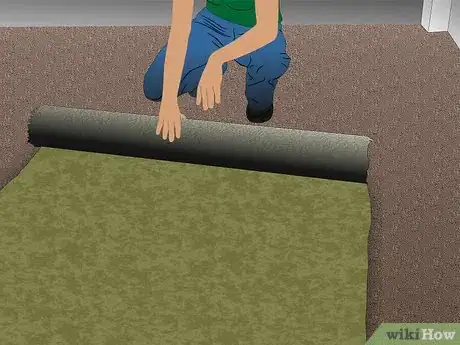



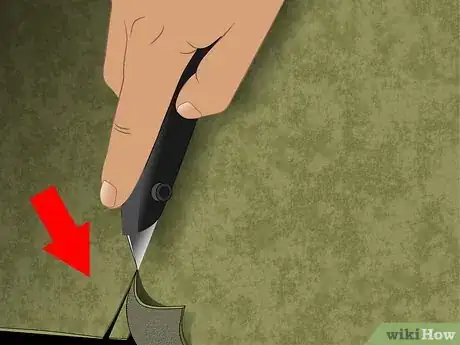
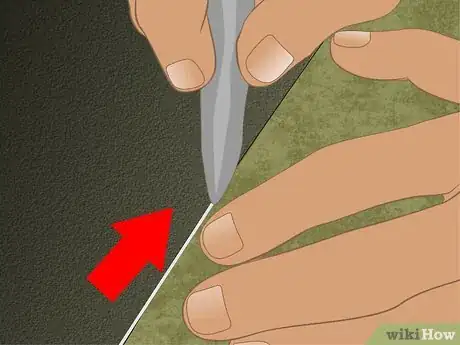
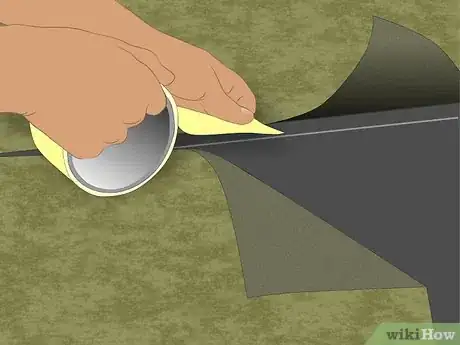

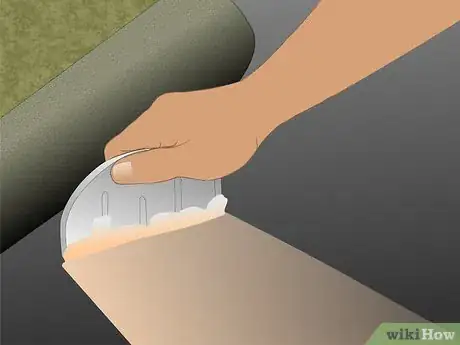
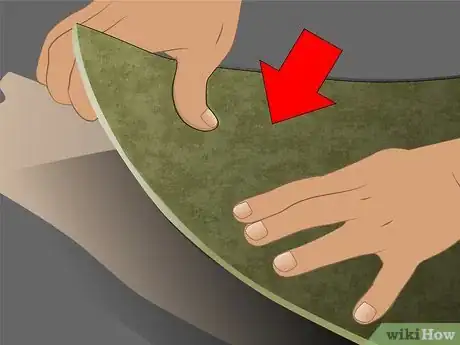

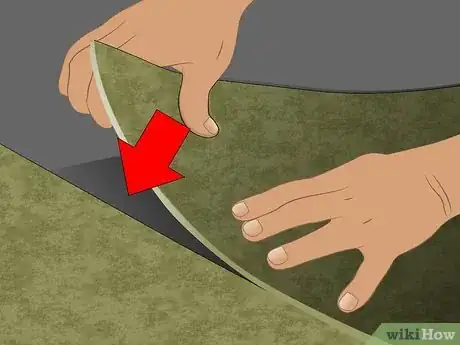




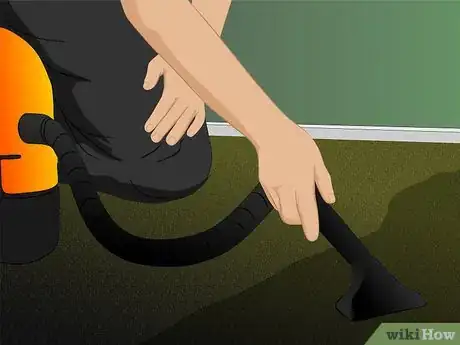
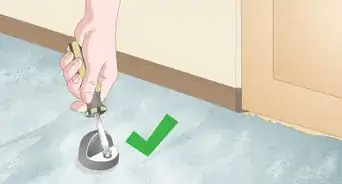
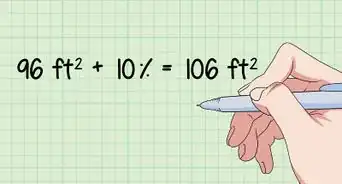
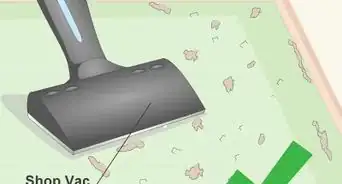
-Step-19.webp)
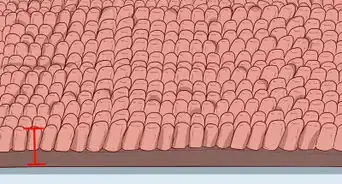
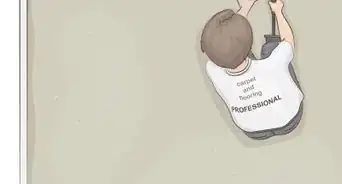
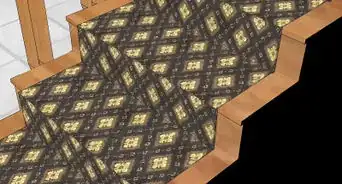
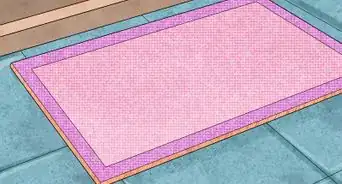
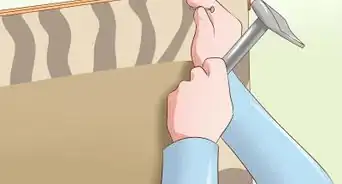



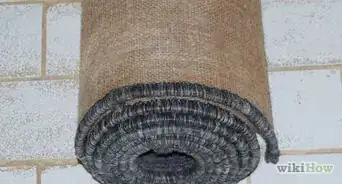









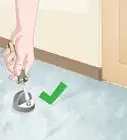
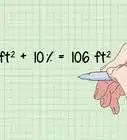
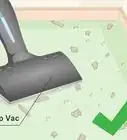
-Step-19.webp)


































